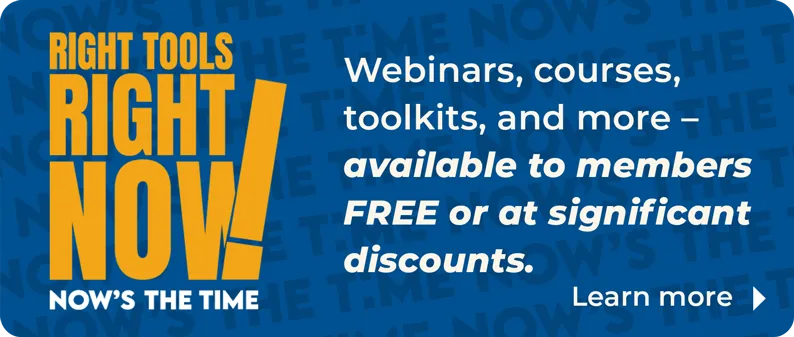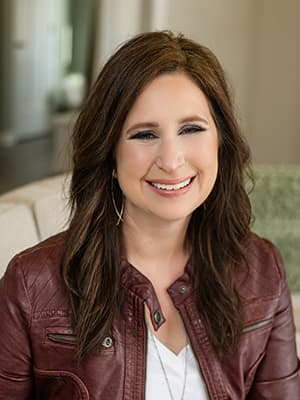
For the second time in a row, the Federal Reserve this week cut its benchmark interest rates by 25 basis points, and home buyers are watching closely to see how this may affect mortgage rates. So far, the results are favorable: The 30-year fixed-rate mortgage averaged 6.17% this week, marking the fourth consecutive week of decreases, Freddie Mac reported Thursday.
But it’s important to note that the Fed’s rate—the interest rate that banks borrow and lend to each other—does not directly set mortgage rates, though it can influence them. “Markets widely anticipated [the Fed’s] move and much of its impact was already priced in—meaning mortgage rates had moved lower ahead of the announcement,” says Bill Banfield, chief business officer at Rocket Mortgage. Plus, with projections pointing to another potential rate cut by the Fed before the end of the year, mortgage rates are already sitting at their lowest averages of 2025.
Mortgage rates generally track Treasury yields, but loans like ARMs and home equity lines of credit may see a more direct impact from the Fed’s latest moves.
ARMs Have Been Surging in Popularity
Recently, more home buyers are turning to ARMs. In September, ARMs made up about 10% of all mortgage applications, the highest level in nearly two years, according to the Mortgage Bankers Association. These loans offer lower initial rates than fixed-rate mortgages for a set period, usually between five to 10 years, before resetting based on market interest rates.
Buyers are seeing savings and taking advantage: a 5/1 ARM, for example, averaged 5.66% in September, nearly a full percentage point below the 30-year fixed-rate average. On a $400,000 loan, that could translate to about $200 less per month in savings, Joel Kan, MBA’s vice president and deputy chief economist, told CNBC.
“There’s certainly a lot more interest in adjustable-rate mortgages as people look for anything they can drive down the initial cost of buying a home,” says Matt Schulz, chief consumer finance analyst at LendingTree. “Depending on your circumstance, it can be a good choice. But you need to understand what some of the potential risks are. When the rate adjusts, it could go higher, making the mortgage payment more challenging.” Don’t go in naïve—talk to a lender first, he says.
Fixed-Rate Buyers Are Seeing Savings, Too
Even for those preferring fixed rates, opportunities exist. The average 30-year fixed mortgage has dipped to its lowest level of the year.
“The last few months have brought lower rates, and home buyers are increasingly entering the market,” says Sam Khater, Freddie Mac’s chief economist. Mortgage applications for home purchases—a gauge of future buying activity—climbed 5% last week and are now 20% higher than a year ago, according to MBA data. The National Association of REALTORS® recently reported a 4.1% annual increase in existing-home sales for September, showing some renewed buyer activity.
Mortgage rate drops from above 7% at the start of the year to the mid-6% range in July already were producing tangible savings to home shoppers. A LendingTree analysis found buyers saved an average of $40,000 over the life of a 30-year loan or about $112 per month from that time period alone. Further declines recently in rates suggest even greater savings.
Mortgage Rate Averages This Week
Freddie Mac reports the following national averages with mortgage rates for the week ending Oct. 30:
- 30-year fixed-rate mortgages: averaged 6.17%, falling from last week’s 6.19% average. A year ago, 30-year rates averaged 6.72%.
- 15-year fixed-rate mortgages: averaged 5.41%, dropping from last week’s 5.44% average. Last year at this time, 15-year rates averaged 5.99%.









